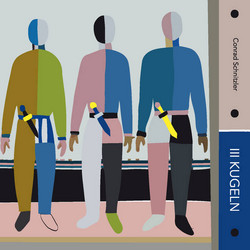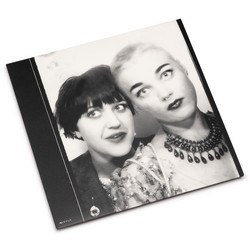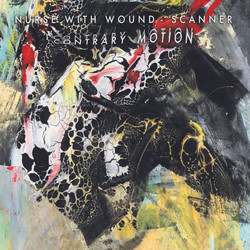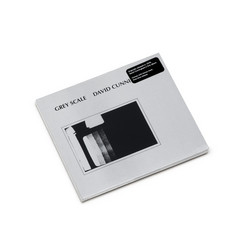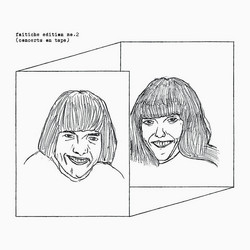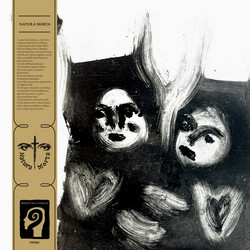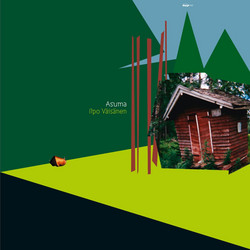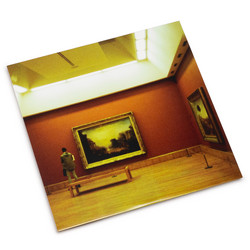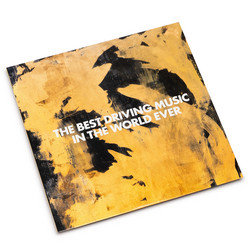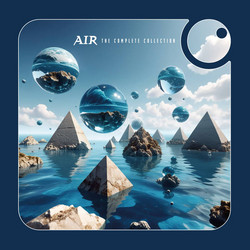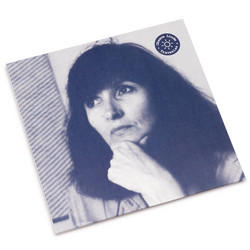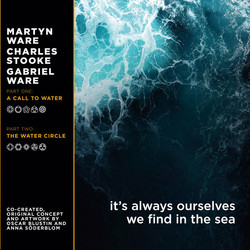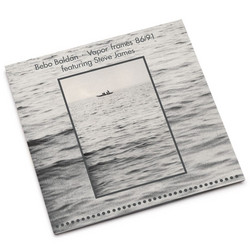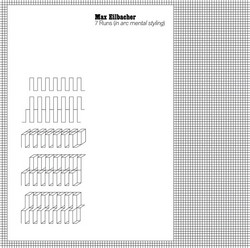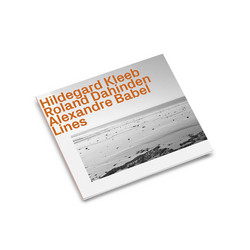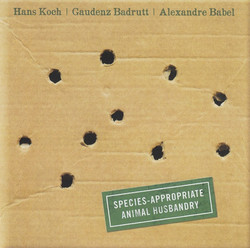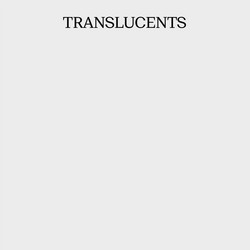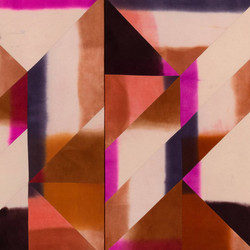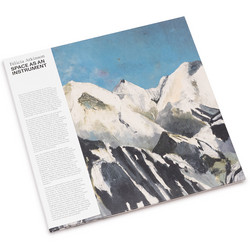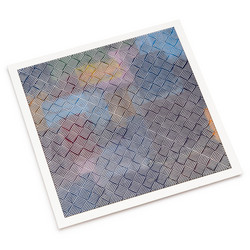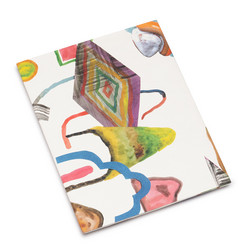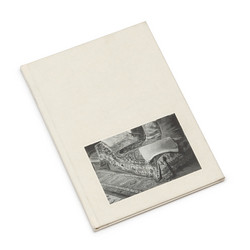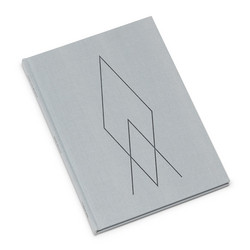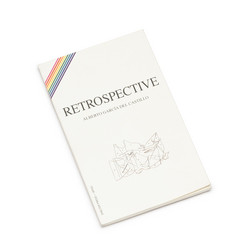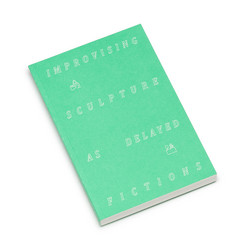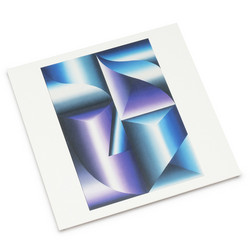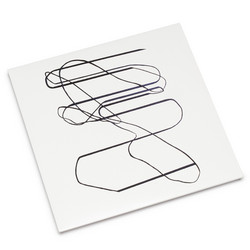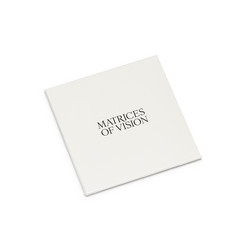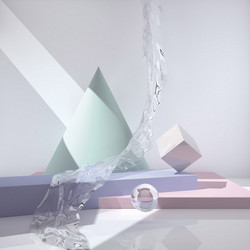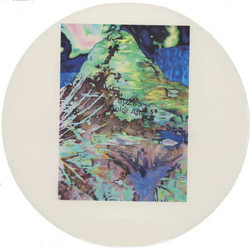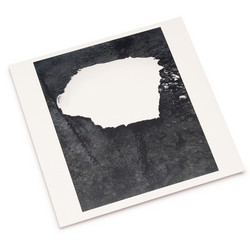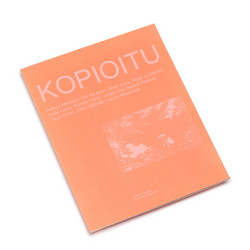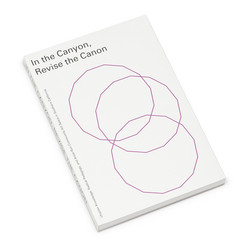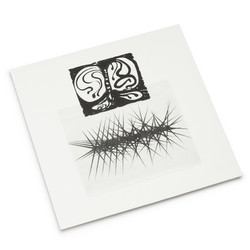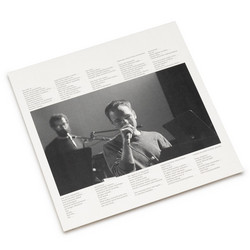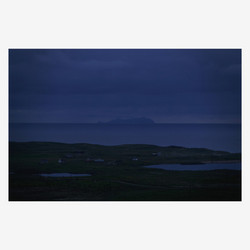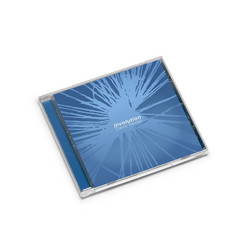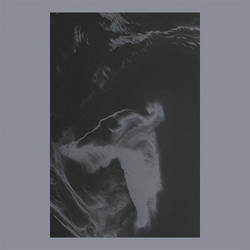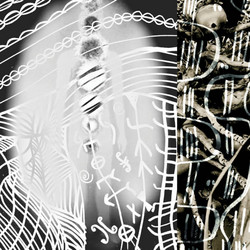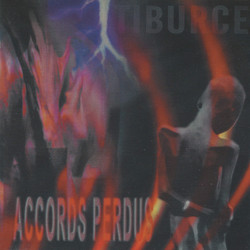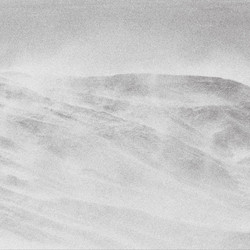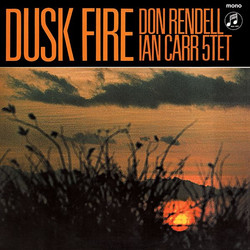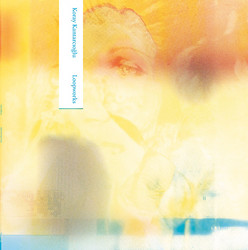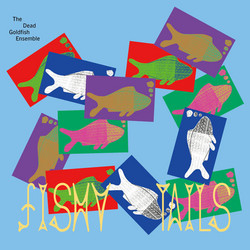When Latifa Echakhch was tuning the concept for her presentation at the Swiss Pavilion duringthe 59th Venice Art Biennale, she wondered how it might be possible to alter her visitors’perception of time. She invited Berlin-based drummer and composer Alexandre Babel to comeup with a response to her silent exhibition, held inside a striking multi-room building designedby Bruno Giacometti and originally intended for the display of classical art. Babel assembled fieldrecordings captured at the Pavilion alongside pre-recorded viola, contrabass, flute and percussionsounds contributed by Jon Heilbronn, Rebecca Lenton, Theo Nabicht and Nikolaus Schlierf,combined to construct an immersive slow-creep of detailed micro-sounds designed to graduallyalter your temporal and spatial bearings
Opening with echoing footsteps over a discomposing whirr of modern machinery, our attention isdrawn to the physical space and the natural rhythm of walking. Pinprick clicks add an extra layerof microscopic grist, as water droplets form an incoherent pulse that eventually turn to woodblockclacks and toms. Resembling the innards of a clockmaker’s workshop as though heard from thecentral hall of a vast gallery space; Babel’s rhythms are so finely drawn that they’re hard to grasp atfirst blush, demanding multiple listens in order to fully comprehend their abstruse latticing.
Spray can blasts and white noise bursts dance in tandem, ushering in low-end rumbles thatcautiously mutate into the album’s central segment, where a bass drum slowly ushers in apressure shift. It’s at this point where the music begins to fully betray its influences, linking thefreeform heartbeat-led expression of Milford Graves and his under-sung student Jake Meginskywith crys cole’s lower-case sonic journeying.
When more traditional instrumentation rings outfrom the rafters, it’s to reinforce the piece’s rhythmic thrust, not drown it out with buttoned-uprespectability.At its peak “The Concert” sounds lost between genre and temporality, both electronic andastonishingly biotic. It’s the rare site-specific installation piece that truly meets its brief, forcinglisteners to consider not just the three-dimensional space it’s responding to, but also the constantrhythms that surround them in day to day life.
